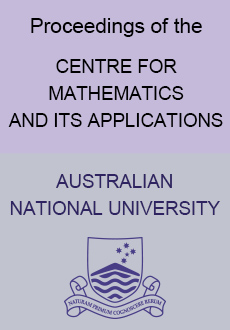Abstract
In this short note, we first show (1) if $(n, p)$ lies inside Mather’s nice region then any $A-$stable multigerm $f : (\mathbb{R}^n, S) \rightarrow (\mathbb{R}^p, 0)$ and any $C^\infty$ unfolding of $F$ are $A-$simple, and (2) for any $(n, p)$ there exists a non-negative integer $i$ such that for any integer $j ((I \leq j))$ there exists an $A$ stable multigerm $f : (\mathbb{R}^n x \mathbb{R}^j, S x \{0\}) \rightarrow (\mathbb{R}^p x \mathbb{R}^j, (0,0))$ which is not $A-$simple. Next, we obtain a characterization of curves among multigerms of corank at most one from the view point of $A-$stable multigerms and $A-$simple multigerms. It turns out that for any $(n, p)$ such that $n \lt p$ an asymmetric Cantor set is naturally constructed by using upper bounds for multiplicities of $A-$stable multigerms and upper bounds for multiplicities of $A-$simple multigerms, and the desired characterization of curves can be obtained by cardinalities of constructed asymmetric Cantor sets.
Information


